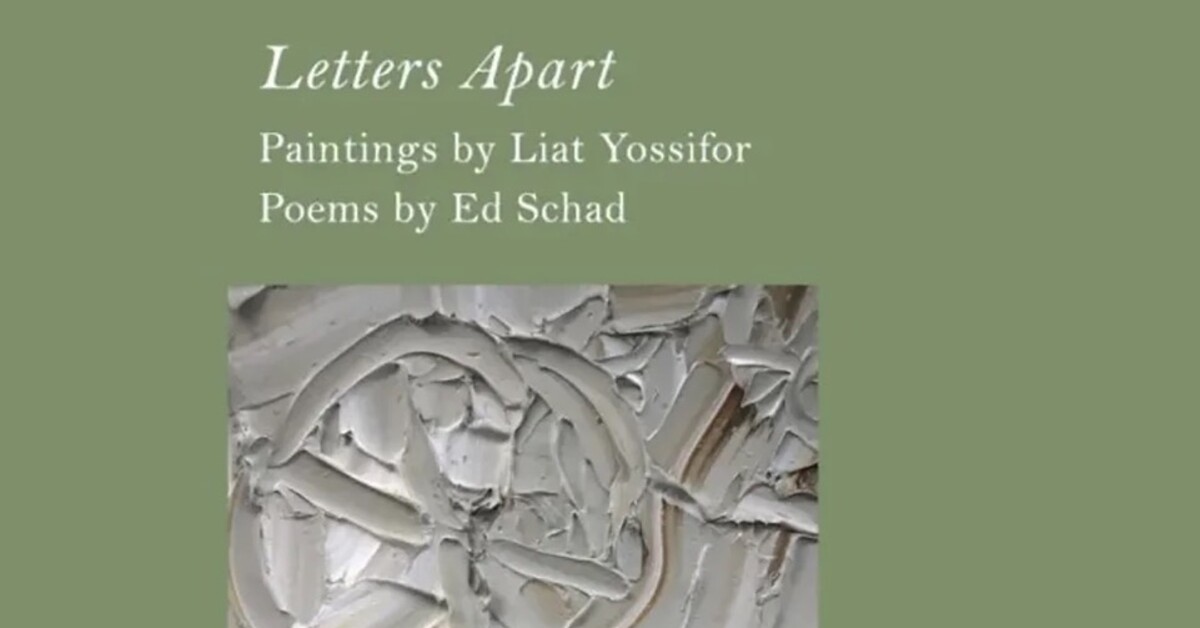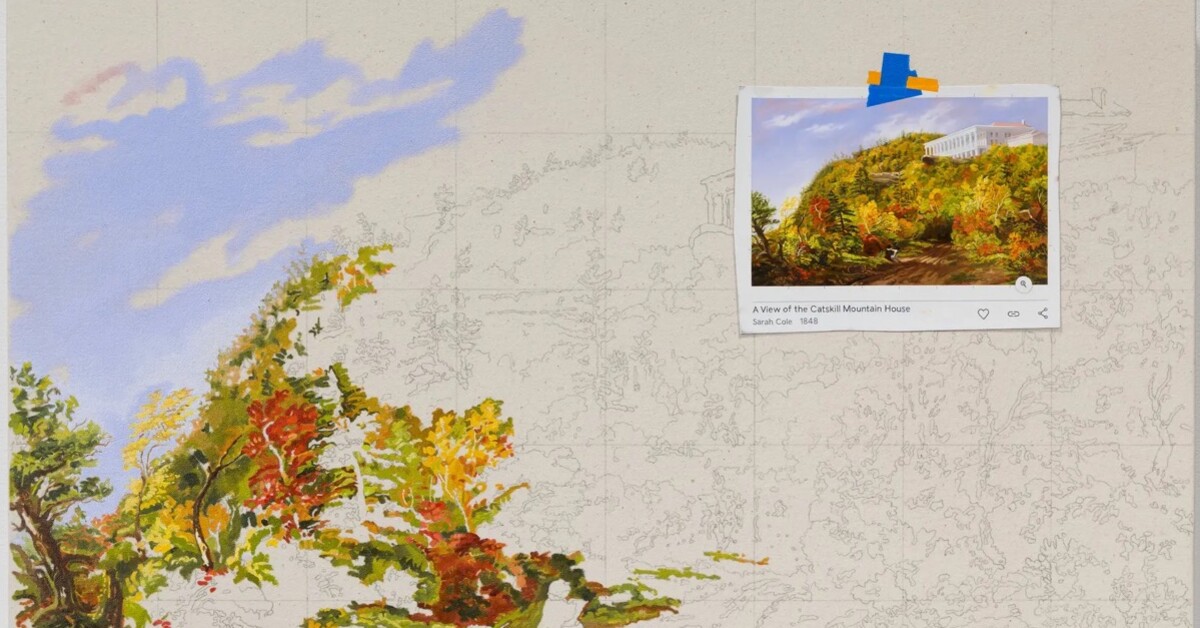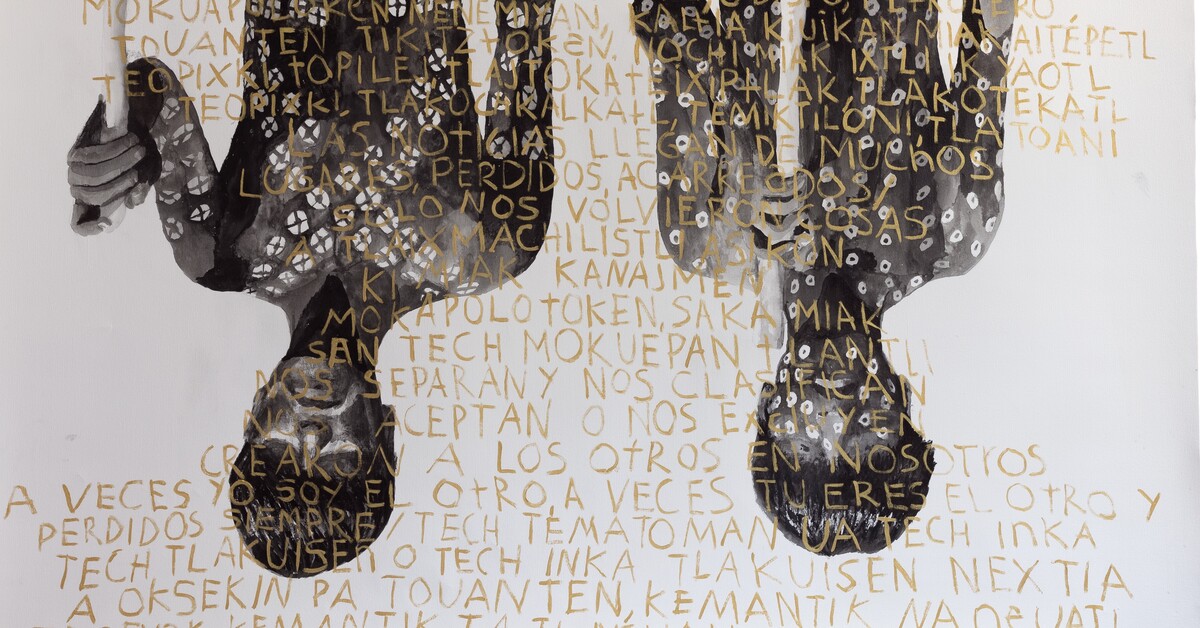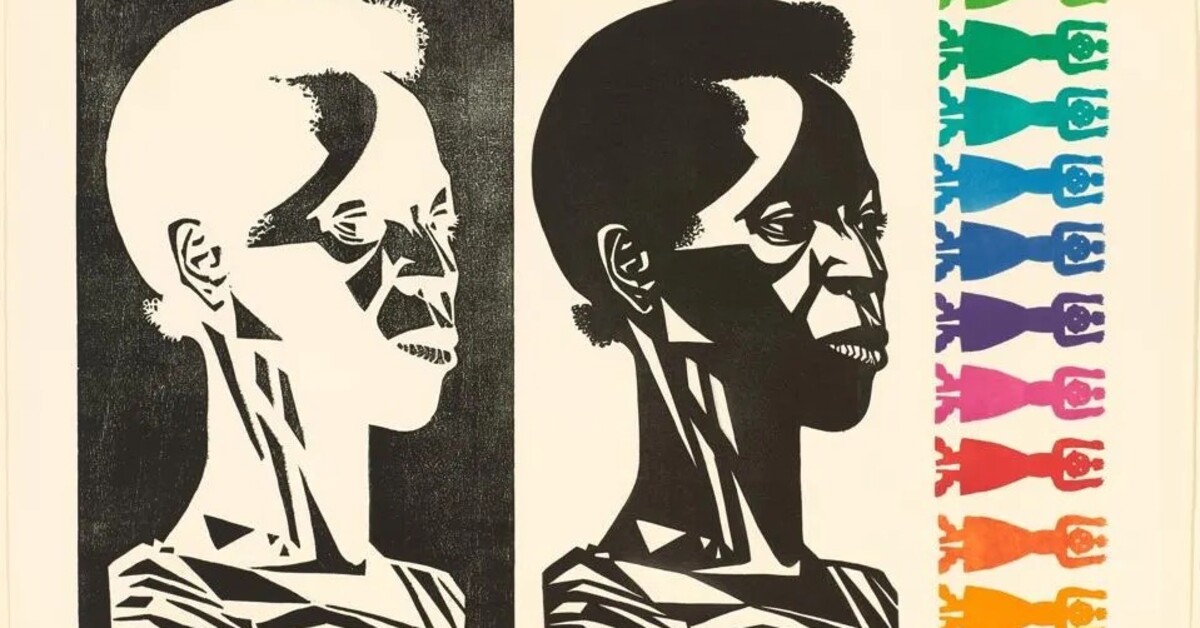The Wistful Edge of Silence: Kaveri Raina
office / Sep 5, 2023 / by Chidozie Obasi / Go to Original
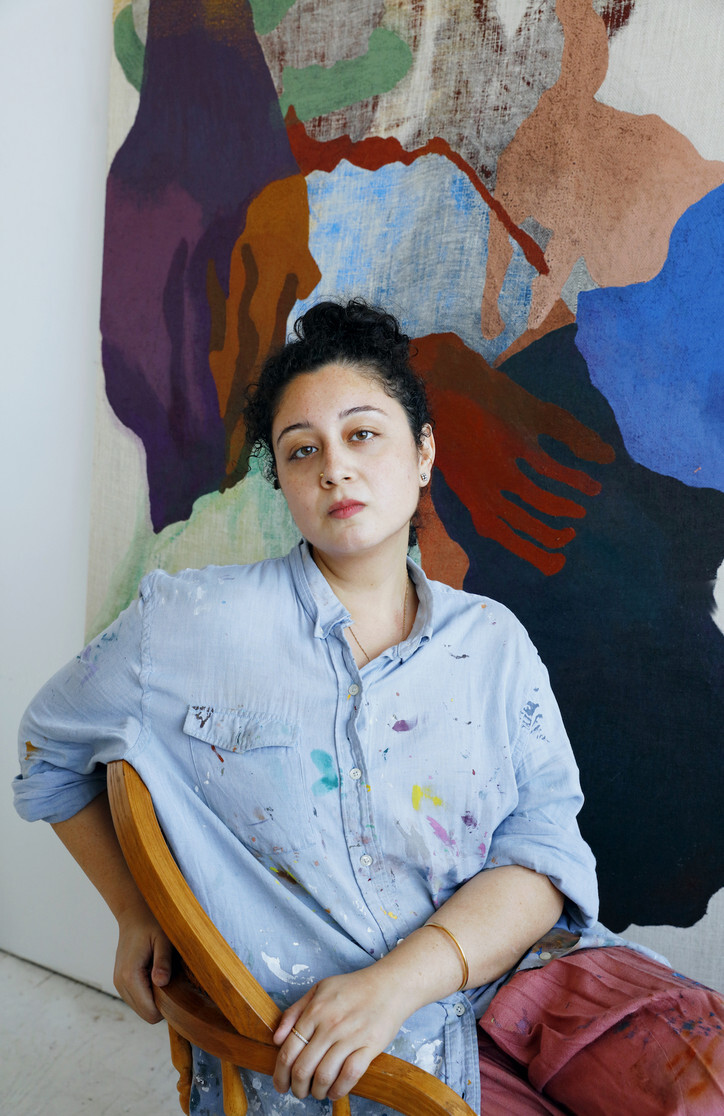
“I am reminded of how history constantly brings us to remember the rebellion and resistance that have taken place, but sometimes we cannot imagine this. Looking at such elements can bring us strength and, in turn, become a weapon to inspire society.”And so undulates the abstract stroke straight out of the brush of Brooklyn-based artist Kaveri Raina, who is embarking on a journey of self-discovery, empowerment and poignancy with her brand new exhibition Songs of silence, yet bluebirds hum.
Portraying a narrative oozing abstraction through paintings that reference art history, cinematic underpinnings and fantasy, Raina’s practice unfolds the unspoken complexities of the abstract form by using pigmented burlap. In a world where art is torn between materialism and otherworldliness, it’s no wonder why artists are adopting freewheeling, cutting-edge approaches and giving the side eye to conventional norms. Which is why, transforming burlap into a canvas where she pours acrylic paint that is further obfuscated through layers of loose graphite, oil paint, and pastel, Raina’s compositions capture a vibrant-yet-gloomy denotation that epitomizes sharpness and linearity, addressing flattened forms that appear suspended and settle across the painted surface, with a sweetly distorted edge.
office caught up with the woman herself, who talked us thorugh some of the themes of her craft, the flaws and failings of art’s practicalities, drawing and storytelling. The exhibition runs from September 9 — Novemebr 4,2023 at PATRON.
On Creative References
“I love what other people have created, like Lee Lozano, for the intense drive and emotion she puts into her drawings, the slow burning rage that I sense when I look at her work, and read about her experiences in the life she lived. I admire Leon Golub for his paintings that feel larger than life, depicting participants lurking over us, taking over the space and taking over each other as well. In the Rothko Chapel, there are paintings that have this softness about them, which is quite beautiful. And in Literature, Letters to a Young Poet is a piece of writing that I always refer to — constantly.
On Practicalities
“I embrace paradoxes, like the material I choose to paint on, which is burlap. It’s a material that is opposite of practical and brings me to embrace so much failure over and over — because of its impractical nature. It’s very hard to paint on, sucks up a lot of paint, it’s very hairy as a surface, coarse, attracts dirt and dust, but it also brings me the textures I really strive for, and the paintings wouldn’t be what they are if it weren’t for this love/hate relationship with this material. It’s a fabric that really needs to be shown love because it’s not a forgiving material — one mark and it stays and is embedded. It’s a material that loosens during the painting and drawing processes, as it takes on the shape of what it’s holding. It’s a material that is permeable and porous.”
On the Work Process
“I paint from both sides of the burlap, taking advantage of the permeable material the paint is able to go through. The surprise element is quite high, particularly when the surface is turned around and the painting is revealed. Since 2017, the act of drawing has become a very integral part: it has a very immediate satisfaction compared to the paintings which take a lot longer and are larger in scale.”
On the Unwavering Power of Storytelling
“Storytelling is fascinating and brings so much joy to me. It has the power to make us travel, travel to a time where we weren’t either present or alive — it can bring hope, sadness and also empower us. It is what teaches us lessons from the past, and it also can take us somewhere we haven’t been to — but most importantly, it can really inspire and influence us. It can have the power of captivating our full selves — and leave an impact.”
On the Message of History As Weapon to Inspire Society
“I am reminded of how history constantly brings us to remember the rebellion and resistance that have taken place, but sometimes we cannot imagine this. Looking at such elements can bring us strength and, in turn, become a weapon to inspire society. Just like tools, ideas too can be and often are turned into weapons depending on how we form and apply them — some of the best ideas always come from a deep examination of the past. Our learnings from the past is what assists us in the present and potentially the future—the past is a tool to move forward and gain knowledge for the current.”
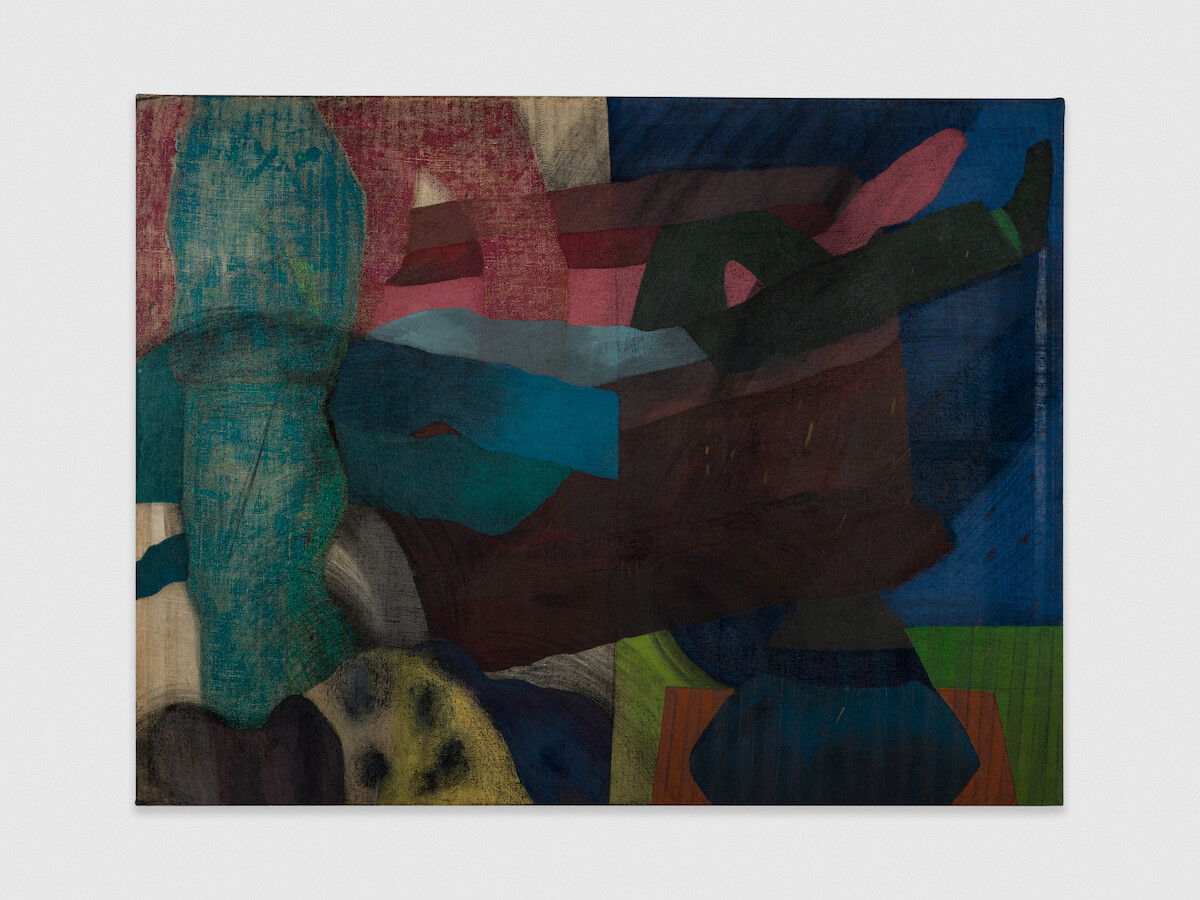
Clouds, loose clouds, slow wind, swift rains; shoveled away slowly in remembrance, 2023; Acrylic, graphite, oil pastel, burlap; 85” x 65” | 215.9 x 165.1

